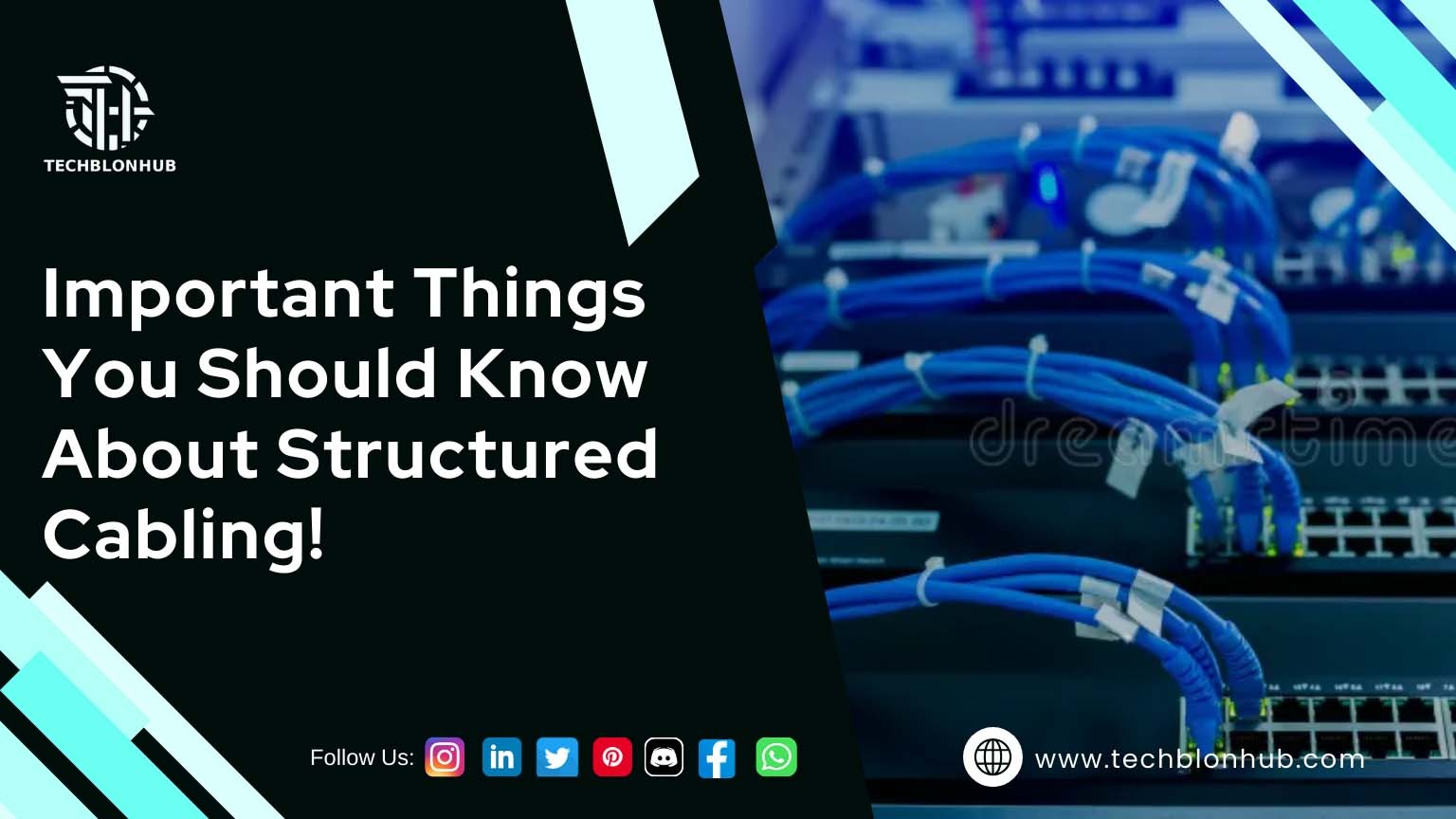Most of you might have heard of the term “structured cabling,” but you might not know that this term is like a buzzword for cabling in networking management. Structured cabling is known to play a crucial role in dealing with quite complicated and specific cabling. By the end of this blog, you will have enough knowledge about structured cabling to make an informed decision on the kind of structured cabling services you should choose.
What is structured cabling?
Structured cabling is a complete cabling and hardware system. It provides the essential telecommunications infrastructure for a business to manage its networking tasks smoothly. With structured cabling, businesses can expect reliable, uninterrupted connectivity.
This setup includes various standardized elements organized into a clear structure. Typically, trunks and patch panels connect different parts of the system. Structured cabling is widely used in offices, manufacturing facilities, and data centers. Moreover, it supports multiple functions, including telephone service and data transmission.
How is a structured cabling system established?
A structured cabling system follows an organized layout, using trunks and patch panels. However, each system’s design is unique and depends on several factors, such as the room’s architectural design, the purpose of the system, the equipment it supports, the cables and connections involved, and specific user needs cabling in networking.
Why Choose Structured Cabling?
Now that we understand structured cabling better, let’s explore its main benefits.
- Reduced Downtime: Structured cabling minimizes human errors, directly reducing downtime and helping prevent business losses.
- Quick Adaptability: The Main Distribution Area (MDA) in data centers simplifies moves, additions, and changes (MAC), making your system more flexible.
- Time Savings: An organized cabling setup allows for consistent documentation and easy port tracing, making cable management quicker and less time-consuming.
A Guide on PoE Switches and How to Enable PoE on a Cisco 2960 Switch


Great explanation of structured cabling—clear and easy to understand. I especially liked the section about reducing downtime!
The adaptability of structured cabling systems in data centers is impressive. This flexibility really enhances business operations.
Thanks for breaking down the benefits of structured cabling. I didn’t realize how much time it saves in cable management!
Very informative! Will definitely consider structured cabling for future networking projects.